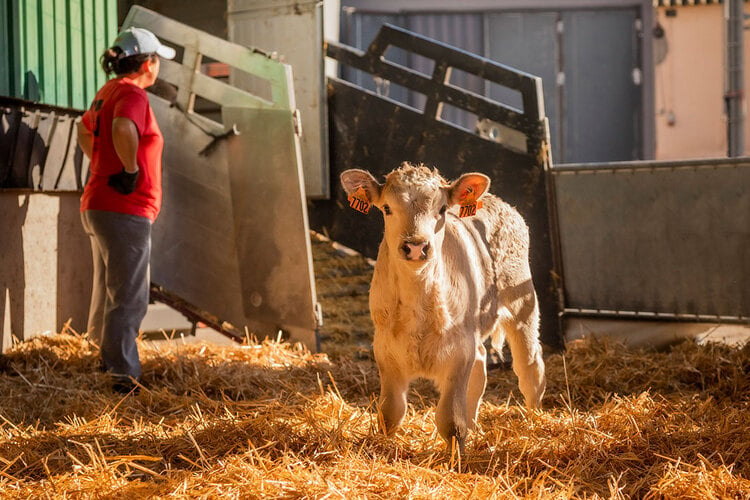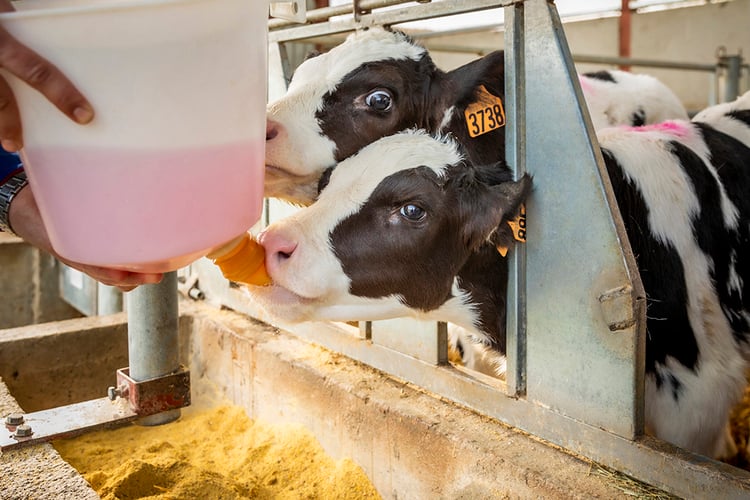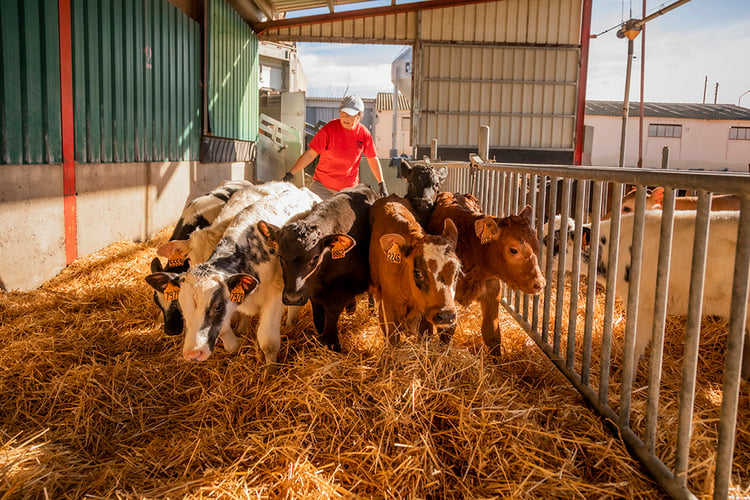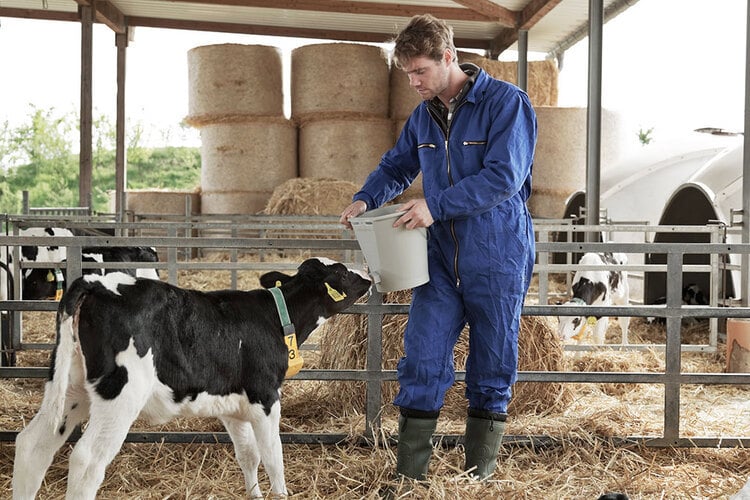
- LifeStart
- Lifestart themes
- Lactobalance
Key takeaways from the research
-
Oral electrolyte solutions for calves with a similar strong ion difference (SID) do not always have a similar alkalizing capacity
-
OES with lower sodium and sugar levels are better able to restore and maintain blood pH compared to hypertonic OES or warm water
-
Many commercial OES are incorrectly formulated because they are in high mineral content, resulting in a high osmolality which reduces their alkalinizing capacity

Many current OES formulations have a high osmolality, making them unsafe for treatment.
Dehydration and metabolic acidosis associated with calf diarrhoea is the leading cause of neonatal calf mortality. Oral electrolyte solutions (OES) for calves are commonly used to treat this problem, but many of the formulations currently used have an osmolality that is too high. In a study by Wilms et al[1,2], the effect of OES osmolality (as driven by sugars and minerals) on prevention and correction of metabolic acidosis was studied in calves with naturally occurring diarrhoea.
Materials and methods
A total of 72 calves suffering from diarrhoea were blocked on-base access and divided into 4 groups which were treated as follows:
- Hypertonic OES with high sodium and high dextrose level
- Isotonic OES with low sodium and low dextrose
- Hypotonic OES with low sodium and low lactose (Sprayfo OsmoFit, Trouw Nutrition)
- Control with warm water only
Each of the 3 OES treatments was formulated to have a strong ion difference (SID) of 76 mEq/L.
Results
All oral electrolyte solutions maintained a normal blood pH while blood pH remained lower than 7.34 for control calves (see Figure 1).
Calves fed the hypertonic OES did however have a significantly lower blood pH compared to calves fed the hypotonic OES at day 4 and 5 ( < 0.5) and to calves fed the isotonic OES at day 5 (P < 0.05). Control calves had a lower blood base excess than calves treated with the isotonic or hypotonic OES from day 2 to 5 (P < 0.01) and lower than calves fed the hypertonic OES at day 3 and day 4 (P < 0.05, see Figure 2).



Faecal water loss was higher in the calves treated with the hypertonic OES compared to those treated with isotonic and hypotonic OES (see Figure 3).
Conclusion
Despite being formulated to have a similar alkalinizing capacity, OES with lower sodium and lower sugar levels and thus lower tonicity were better able to restore blood pH compared to hypertonic OES or warm water. OES with high mineral content may interfere with the alkalinizing capacity of the solution. Our data, therefore, indicates that OES with a lower osmolality is more appropriate for diarrhoeic calves for prevention and correction of metabolic acidosis associated with calf scours.
References
[1] Wilms, J, Engelking, L, Leal, L, Doelman, J and J. Martín-Tereso, 2018, Tonicity of oral electrolyte solutions, ADSA Discover Conference, Chicago.
[2] Wilms, J, Echeverry-Munera, J,Leal, L.N and J. Martín-Tereso, 2019, Smart Calf conference Guelph.






